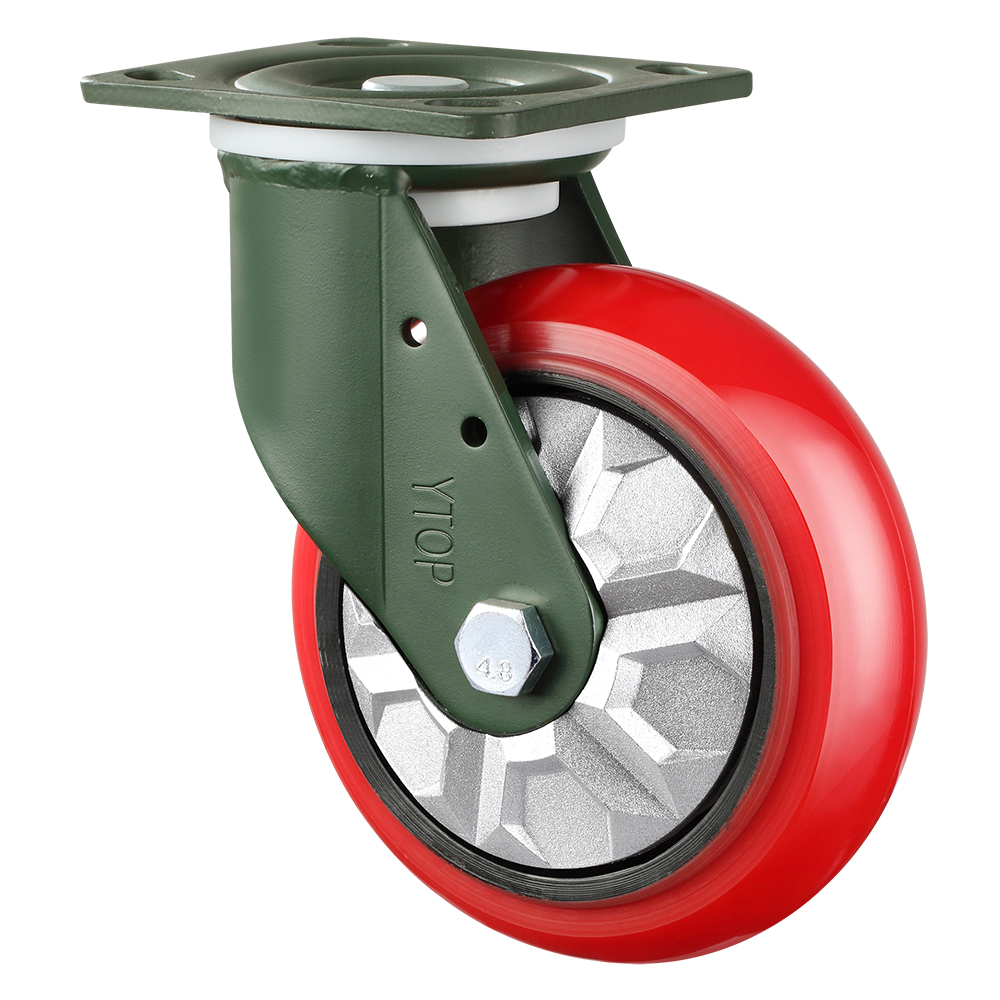Universal casters are so-called movable casters, which are constructed to allow horizontal 360-degree rotation. Caster is a general term, including movable casters and fixed casters. Fixed casters do not have a rotating structure and cannot rotate horizontally but only vertically. These two kinds of casters are generally used in conjunction with, for example, the structure of the cart is the front of the two fixed wheels, the back of the handrail near the promotion of the two movable universal wheel.
The history of the development of the universal wheel can be traced back to the beginning of the 20th century, and it has a wide range of applications in industrial automation, robotics and transportation. This article will introduce the development history of the universal wheel and the future development direction.
The earliest design of the universal wheel can be traced back to 1903, which was first proposed by Swedish engineer Elke Ericson (Ernst Benjamin Ericson). However, the limited level of technology at that time, the manufacturing of the universal wheel is not stable and precise enough. Until the 1950s, the Italian mechanic Omar Maizello proposed a new universal wheel design, called “Omar universal wheel”, its design is more stable and accurate, so that the universal wheel in industrial automation began to be widely used.
With the continuous development of technology, the design of the universal wheel is also constantly improving. At present, the universal wheel on the market is mainly divided into three types: ball type, column type and disk type. The ball-type universal wheel consists of several small spheres, which can realize smooth movement. Column-type universal wheel is composed of multiple rubber wheels, which can move in multiple directions and is suitable for heavier objects. Disc type casters, on the other hand, consist of multiple curved plates that allow for higher loads and higher speeds.
Gimbals play an important role in modern industrial automation, they are widely used in robots, automated warehouses and logistics systems. In addition, they are widely used in the field of transportation, e.g. on ships and aircraft, where they improve maneuverability and control.
The development of gimbals has undergone many technological innovations and improvements. With the development of artificial intelligence, machine learning and sensor technology, gimbals will become more intelligent and adaptive. For example, a gimbal can automatically adjust its movement according to different environments and terrains through machine learning algorithms to improve maneuverability and efficiency. In addition, future gimbals may also use more environmentally friendly materials and energy sources to achieve greater energy efficiency and sustainability.
Post time: Nov-27-2023


